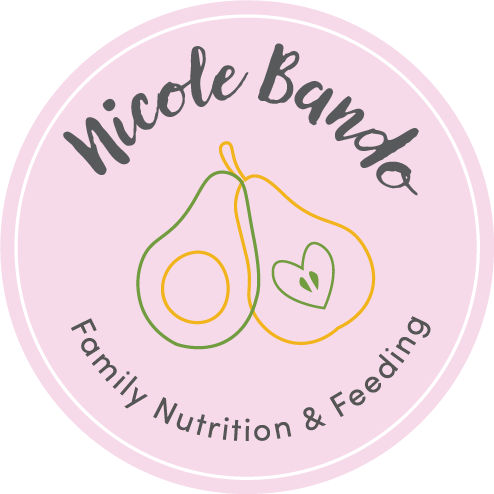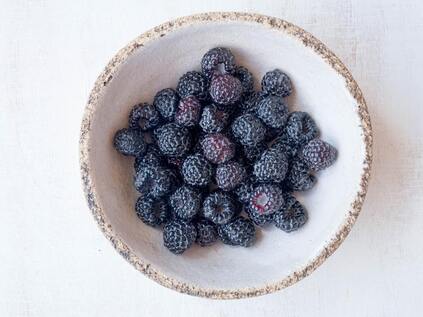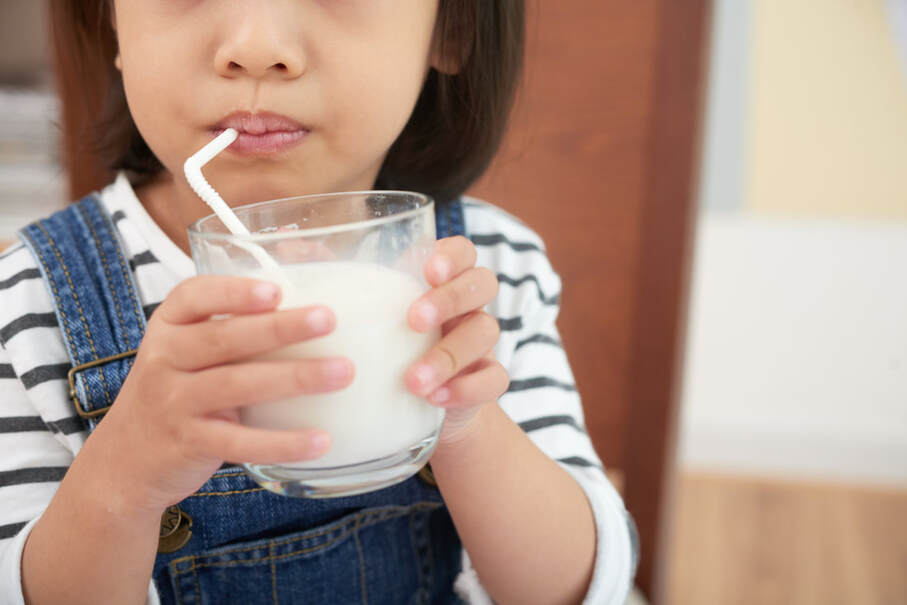Transitioning from breastfeeding or formula to family foods is a natural progression for a baby. A breastfed baby may continue to breastfeed beyond the first 12 months of life, whilst including dairy and family foods.
If your child is 12 months or older, it is safe to give your child whole cow’s milk (or fortified dairy milk alternatives) as a drink. Do not give cow’s milk as a drink 12 months of age, continue to breast or bottle feed. Beyond 12 months, formula is no longer required, this includes toddler formula, which is ultra-processed and creates a preference for sweet foods & takes up tummy space for core food groups, making fussy eating more likely.
Beyond 12 months:
By 12 months, a breastfed baby may include dairy in cereal, yoghurt and cheese as a snack. Continue breastfeeding as you wish, as breastmilk continues to provide ongoing benefits for health and immunity, and is a source of calcium and other nutrients.
A bottle fed baby may only be including a morning and night bottle of formula by 12 months. The morning feed can be replaced with a larger breakfast; add milk into cereal such as oats or Weet-bix, or try yoghurt and fruit or cottage cheese on toast. Incorporate dairy into snacks, e.g. small bowl of natural yoghurt with fruit, cheese and crackers or ½ cup of full cream milk, either after some meals or offered as a snack. . Offer dairy 3 times a day to ensure adequate calcium for growing bones.
What about the night time bottle?
Many parents report that their toddlers drink milk before bedtime and worry that stopping it will upset the bedtime routine. Parents are often concerned that their child isn’t eating enough during the day, especially if dealing with a fussy or selective eater.
There are many good reasons to change the evening milk routine. The evening bottle of milk may fill your child up and affect their appetites, which may contribute to fussy eating. Drinking milk out of a bottle or after teeth brushing can contribute to dental caries. Dairy contains 10 essential nutrients, including protein for growth, zinc for immunity and vitamin B12; essential to nerve cell function. However, it does not contain iron, so children who drink large quantities of milk are at risk of iron deficiency, as milk may replace other foods in their diet. Also other nutrients in milk can interfere with the absorption of iron, when consumed in excessive quantities.
Whilst your child adapts to the change, it may be a good time to alter the evening routine. Offer a small amount of milk at the end of the evening meal in a cup if concerned that dairy needs have not been met during the day. Perhaps a feeding chair can become the story chair, or moved out of the room if no longer needed.
Is toddler formula necessary?
Toddler formula is not required for healthy children. Formula may make your toddler too full to accept a variety of other solid foods. It is ultra-processed and creates a preference for sweet tasting foods. As it takes up tummy space for core food groups, fussy eating is more likely. Toddlers do not grow as much in their second year of life and will have variable appetites, which means some days they may eat more than others. Continue to offer a variety of foods across the core food groups to your toddler and trust their appetite, to meet individual growth needs. If you are feeling worried about your toddler’s intake, see a paediatric dietitian for support.







